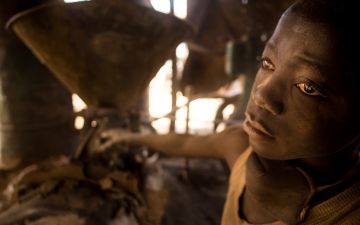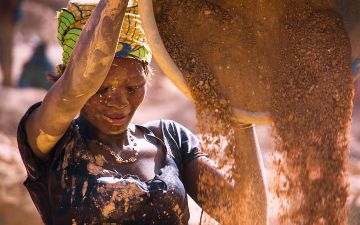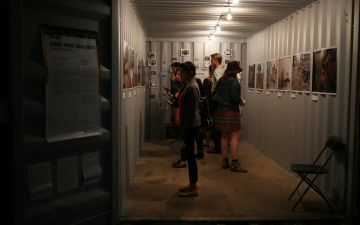Running like a river beneath the sands of West Africa, massive rock strata laden with gold stretch from northern Ghana, across Mali and Burkina Faso and deep into Niger. Gold has been extracted from this part of Africa for centuries, but only in recent times has Burkina Faso been able to exploit the abundance of gold beneath its soil.
Landlocked, Burkina Faso is wedged between Mali and Niger to the northwest and east, and borders Ghana on the north. Although large foreign countries had mined Burkina Faso gold for almost half a century, it wasn't until the famines of the 1980s forced families off their farms that artisanal or small-scale mining took root. Since then, thousands have migrated to the gold fields, abandoning their agrarian roots to toil in the small-scale mining operations that dot the countryside.
To maximize profits, entire families work. And this means putting children to work as child laborers. Gold fever shows no sign of ending. Data published in 2012 by the United States Department of Labor estimate that almost half of all children in Burkina Faso younger than 18 work. Of these, many children toil in the agriculture and mining sectors where they are exposed to chemical hazards, hazardous machinery and heavy labor.
Officially, child labor is against the law. But as Larry Price reports, small-scale gold mining has evolved from a subsistence endeavor to the nation's third largest export. Leaders and entrepreneurs, eager to tap the vast reserves, often look the other way or even welcome the extra labor the children provide.







